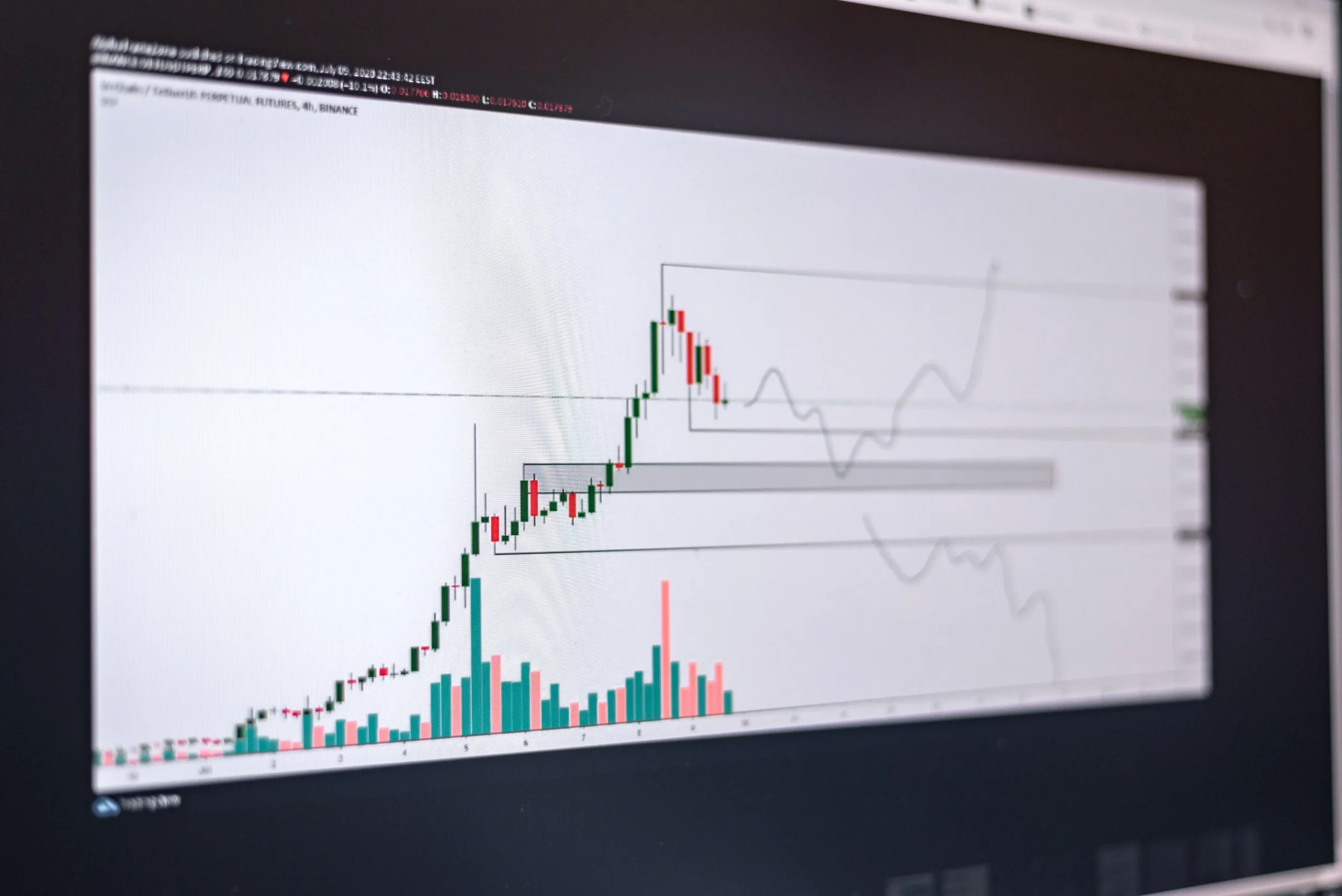
INTRODUCTION
In an increasingly volatile world, global companies are making decisions and investments to build resilience and flexibility. One key strategy is moving production closer to end consumers—nearshoring production—and in Northern America, we see Mexico benefiting significantly. This Prologis Research report examines the long- and short-term impacts of nearshoring on demand for Mexican logistics real estate.
KEY TAKEAWAYS
- Nearshoring is a significant driver of demand. Every US$1 billion invested in Mexican auto factories can generate 5-10 MSF of local logistics demand.
- Industrial real estate fundamentals are strong. Demand for industrial space doubled in 2022 versus 2019 levels, boosted by nearshoring, leading to a sharp decline in vacancy to approximately 1%. In turn, rents rose 16% in 2022 and are poised to spike again in 2023.
- Location, free trade and labor are attracting companies to Mexico. Recent shifts in global supply chains have made these substantial and maintainable long-term advantages more appealing.
- This is just the first wave of investment. We expect this movement to play out over decades as local economies build a critical mass of infrastructure, expertise and suppliers. This will not be limited to the already strong auto sector; we also expect electronics to take a larger role in Mexican exports.
1. NEARSHORING IS A SIGNIFICANT DRIVER OF DEMAND IN MEXICO.
Multiple leading indicators reveal incoming demand from nearshoring. Machinery imports and industrial real estate net absorption indicate future increases in manufacturing capacity. At the same time, export volumes lag as an indicator due to the time needed for facilities to become operational.
Demand is mostly driven by nearshoring. Tier 1 nearshoring annual absorption (direct manufacturing capacity expansions to supply the U.S., installed in leased logistics space) grew from 3 MSF in 2019 to 16 MSF in 2022, increasing from 8% to 26% of gross absorption in the country. Tier 2 nearshoring absorption (domestic suppliers and third-party logistics providers that specialize in manufacturing warehousing) grew from 15 MSF in 2019 to 29 MSF in 2022, or nearly half of gross absorption.
Machinery imports are well above pre-pandemic levels. Real Mexico machinery imports in U.S. dollars (deflated by U.S. Producers Price Index (PPI) of inflation in manufacturing equipment ) rose from an average US$88 billion in 2013-2019 to US$152 billion in 2022, 52% ahead of the pre-pandemic maximum.
Growth in auto assembly operations will impact demand. The Bajío region in central Mexico saw a four-time increase in demand for logistics space in 2014-2017, relative to the 2010-2013 period, as several global auto companies established new assembly operations in the region. Based on this, we estimate that every US$1 billion invested in Mexican auto factories can generate 5-10 MSF of local logistics demand during the two years that follow.
2. RENT GROWTH AND DEMAND FOR INDUSTRIAL SPACE ARE AT ALL-TIME HIGHS.
Net absorption in Mexico’s main six markets was double in 2022 compared to the 2019 level. Very low availability of space (1.1% as of Q1 2023 versus the 6% expansionary average for 2013-2019) pushes demand into the future: 60% of space currently under construction is pre-leased compared to 36% in 2019. Together with challenges for bringing supply to market, this low-vacancy environment led to the highest rent growth recorded in the past 10 years (16% in 2022). We expect double-digit rent growth to continue in 2023.
3. WHY MEXICO? LOCATION, FREE TRADE AND LABOR.
Four factors play a significant role in Mexico’s competitive advantage:
- Location—Monterrey, Mexico’s main manufacturing hub, sits three hours from the U.S. border, which suits companies that serve North American consumers.
- Trade—Global trade policy plays a significant role in the nearshoring tend. Mexico is the only developing country that has free trade agreements with the U.S., Canada, the European Union and Japan. Mexico is particularly integrated with the U.S., with 27-45% of the value of their trade in the form of intermediate goods that require further processing before reaching the final retail consumers.[1]
- Regulations—Recent regulatory drivers advance the alignment between North American supply chains. Although U.S.-China back-and-forth tariffs were first applied in 2018, most of them were applied on commodities, such as metals and agricultural products. More recent regulatory decisions—such as restrictions on sales of advanced chips, tax credits for North American-made solar panels/electric vehicles /semiconductors and legislation aimed at improving supply chain transparency, etc.—will continue to pull manufacturing supply chains for high-value goods closer to U.S. consumers. For example, during 2021-2022, more than US$70 billion in EV factory construction was announced in the U.S., four times 2017 levels,[2] following these regulatory changes.
- Labor—Mexico has a young labor pool by global standards: 42% of its population (49 million workers) is between the ages of 20 and 49. Mexican manufacturing workers also earn a wage similar to those in China (25% lower when adjusted for productivity[3]) or approximately 20% the cost of a U.S. manufacturing employee. Given labor scarcity in the U.S. and other developed nations, this large skilled workforce represents a sizable advantage for Mexico.
EXHIBIT 5: LOGISTICS REAL ESTATE, CARGO TRANSPORT AND POPULATIONS DISTRIBUTION, NORTHERN MEXICO
Logistic market square footage, number of annual cargo land border crossings and population

A new Tesla assembly facility in the Monterrey region could result in 25 MSF or more of new logistics real estate demand. The expected investment (US$5-8 billion) is larger than all Bajío original equipment manufacturer (OEM) announcements in the past decade combined, after adjusting for inflation and currency movements. In Monterrey, this could increase logistics real estate absorption by 43%+ compared to 2022, assuming supply is available.
4. THE RECENT SURGE IS ONLY THE FIRST WAVE.
Leading indicators demonstrate a rise in nearshoring investments, and exports will gradually rise as new capacity ramps up. Given Mexico’s advantages of location, free trade and labor, we expect further investments to continue to drive logistics real estate demand because it takes time for supply chains to pivot in response to changing cost and regulatory frameworks:
- Large nearshoring projects are in the works or have been announced recently. The best example is Tesla’s new plant, announced last February. In addition to auto manufacturers, companies in other high-value sectors—such as electronics, appliances and green technologies—have announced expansions in Mexico.
- Infrastructure hurdles will improve, helping expand capacity. Limitations of Mexico’s federal transmission grid have forced real estate developers to build alternative infrastructure, leading to delays for companies with larger electricity requirements. Transmission issues are poised to ease somewhat as the federal government, states and the private sector align on funding and execution of power infrastructure build-out.
ENDNOTES
- Murillo-Villanueva using OCDE data, 2022.
- Center for Automotive Research, 2022.
- NAPS, 2022.
FORWARD-LOOKING STATEMENTS
This material should not be construed as an offer to sell or the solicitation of an offer to buy any security. We are not soliciting any action based on this material. It is for the general information of customers of Prologis.
This report is based, in part, on public information that we consider reliable, but we do not represent that it is accurate or complete, and it should not be relied on as such. No representation is given with respect to the accuracy or completeness of the information herein. Opinions expressed are our current opinions as of the date appearing on this report only. Prologis disclaims any and all liability relating to this report, including, without limitation, any express or implied representations or warranties for statements or errors contained in, or omissions from, this report.
Any estimates, projections or predictions given in this report are intended to be forward-looking statements. Although we believe that the expectations in such forward-looking statements are reasonable, we can give no assurance that any forward-looking statements will prove to be correct. Such estimates are subject to actual known and unknown risks, uncertainties and other factors that could cause actual results to differ materially from those projected. These forward-looking statements speak only as of the date of this report. We expressly disclaim any obligation or undertaking to update or revise any forward-looking statement contained herein to reflect any change in our expectations or any change in circumstances upon which such statement is based.
No part of this material may be (i) copied, photocopied or duplicated in any form by any means or (ii) redistributed without the prior written consent of Prologis.
ABOUT PROLOGIS RESEARCH
Prologis’ Research department studies fundamental and investment trends and Prologis’ customers’ needs to assist in identifying opportunities and avoiding risk across four continents. The team contributes to investment decisions and long-term strategic initiatives, in addition to publishing white papers and other research reports. Prologis publishes research on the market dynamics impacting Prologis’ customers’ businesses, including global supply chain issues and developments in the logistics and real estate industries. Prologis’ dedicated research team works collaboratively with all company departments to help guide Prologis’ market entry, expansion, acquisition and development strategies.
ABOUT PROLOGIS
Prologis, Inc. is the global leader in logistics real estate with a focus on high-barrier, high-growth markets. As of December 31, 2022, the company owned or had investments in, on a wholly owned basis or through co-investment ventures, properties and development projects expected to total approximately 1.2 billion square feet (111 million square meters) in 19 countries. Prologis leases modern logistics facilities to a diverse base of approximately 6,600 customers principally across two major categories: business-to-business and retail/online fulfillment.
Source link:https://www.prologis.com/




